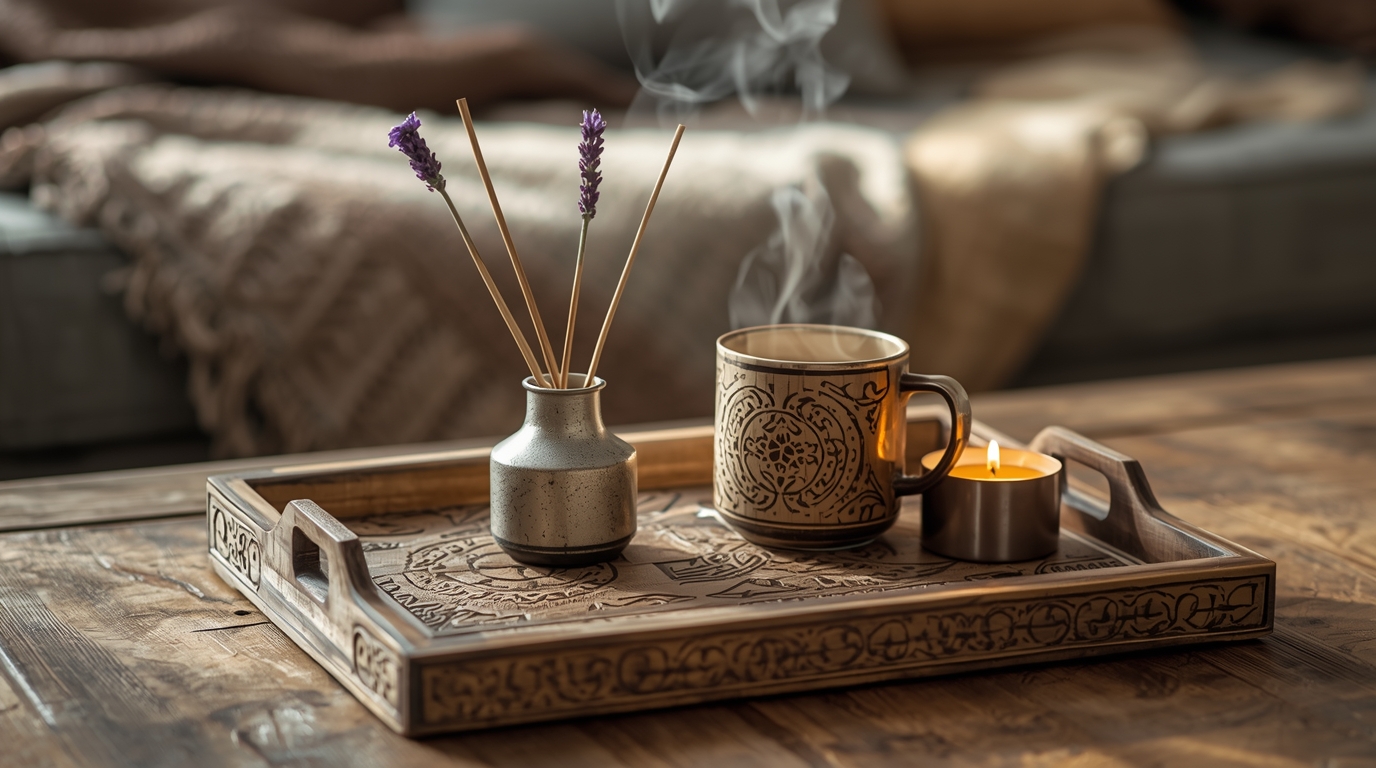In a world that often feels too fast and too loud, the Danish concept of hygge (pronounced “hoo-gah”) offers something precious: a slower, warmer way of living.
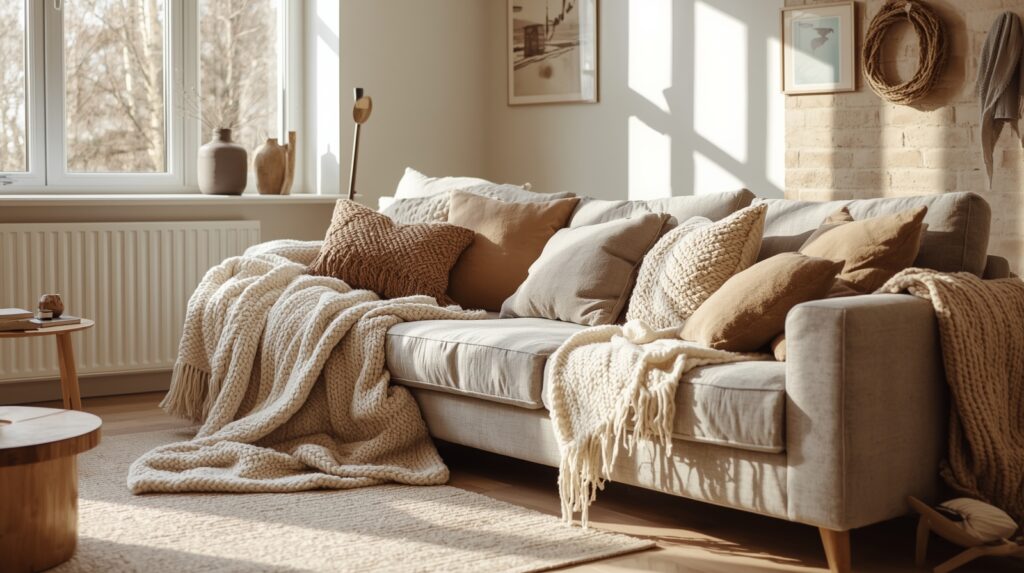
Layer With Soft Textiles
Start with the essentials: blankets, cushions, and throws. Mix materials like chunky knits, faux fur, linen, and wool to add texture and warmth. Drape them over your sofa or favorite armchair for instant coziness.
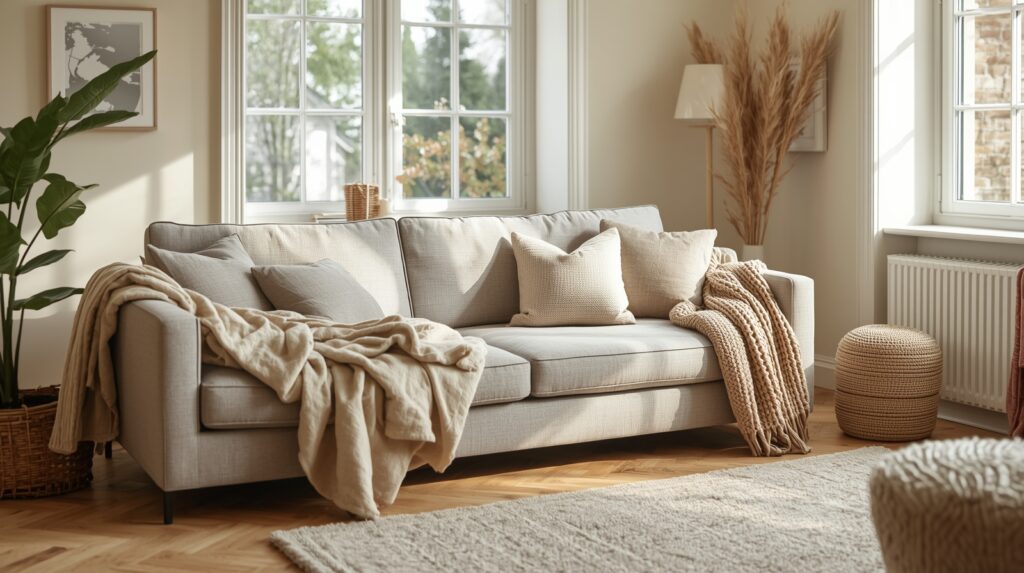
Warm, Ambient Lighting
Hygge lighting is soft and subtle. Swap out harsh overhead lights for warm-toned lamps, fairy lights, or candles. Dimmer switches are your best friend here — and so are string lights with a warm glow.
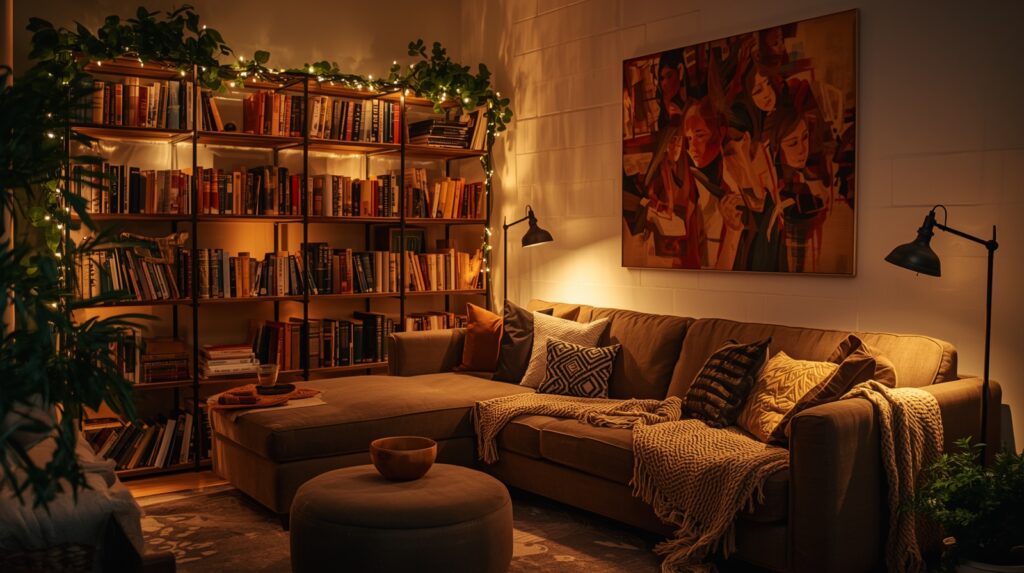
Create a Candle Corner
Danes are famous for their love of candles — and for good reason. Cluster unscented candles of various sizes on your coffee table, windowsill, or mantle to bring warmth and intimacy into your space. (Bonus: Opt for beeswax or soy candles for a natural touch.)
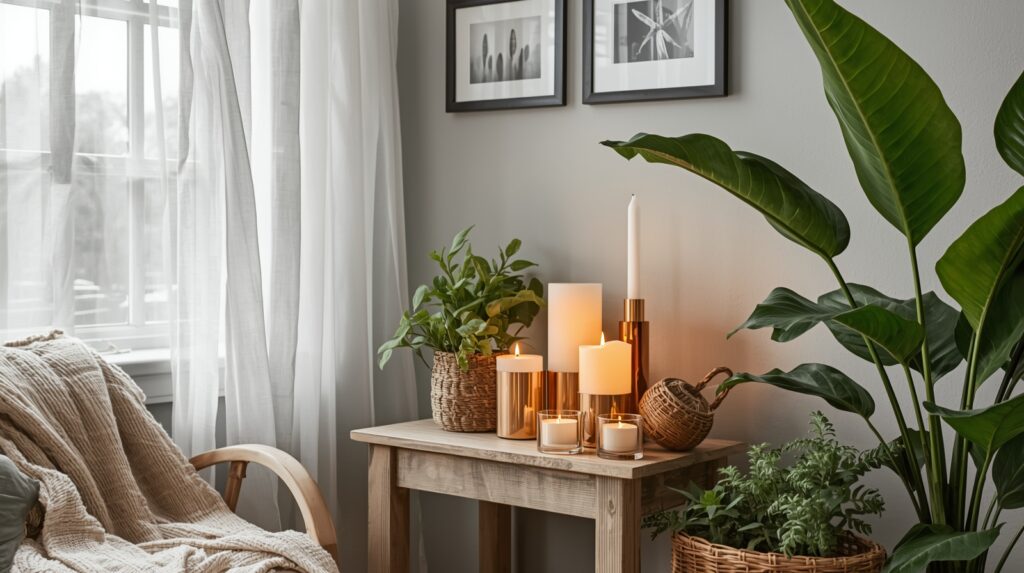
Incorporate Natural Elements
Bring the outside in. Think wooden furniture, stoneware, plants, or wicker baskets. These materials ground your space and help create a peaceful, earthy atmosphere.
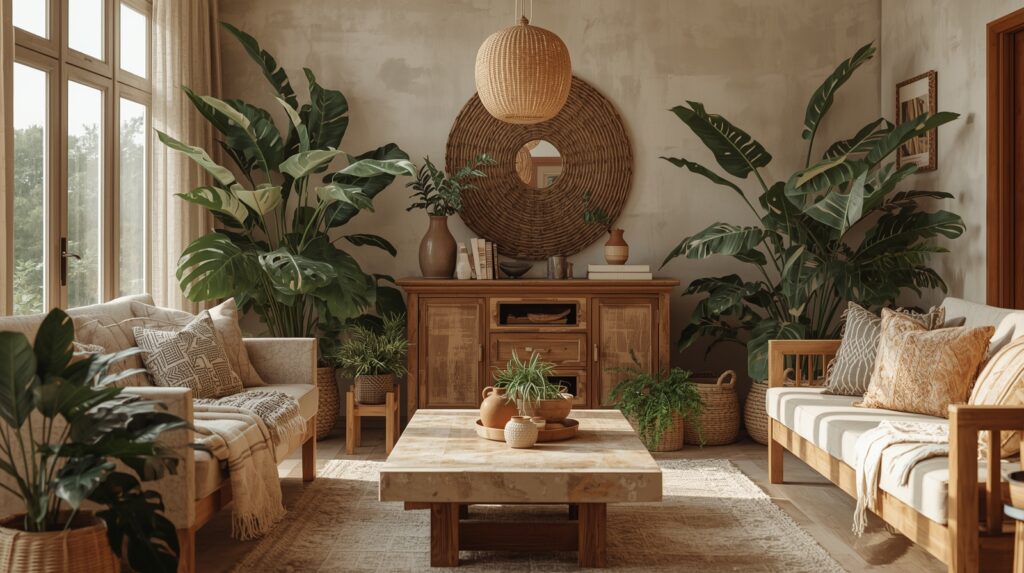
Keep It Clutter-Free
Hygge isn’t about minimalism, but it is about simplicity. Clear out unnecessary clutter and keep only items that bring joy or comfort. Choose functional, beautiful storage solutions to hide everyday mess.
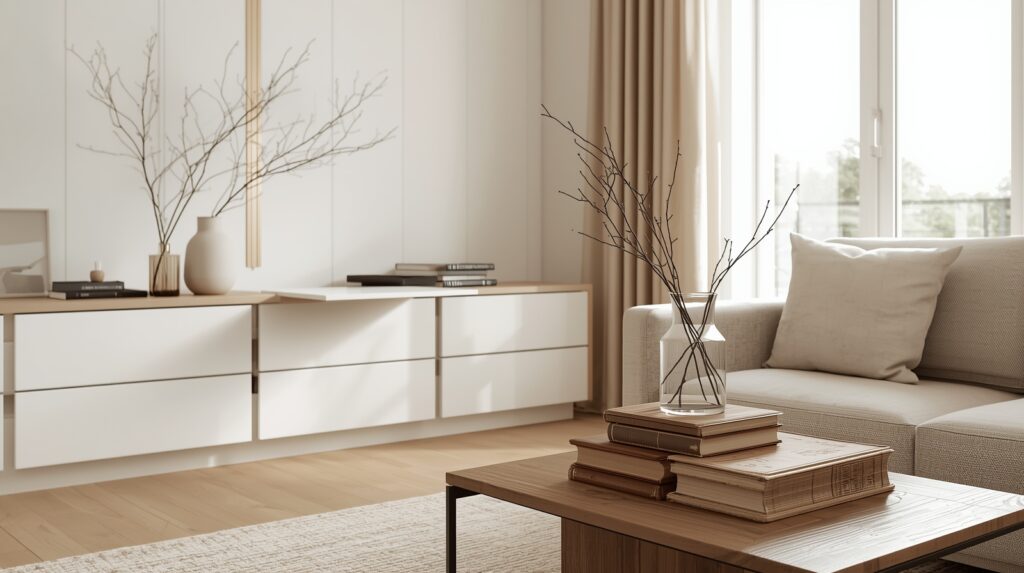
Add a Reading Nook
Designate a corner with a comfy chair, a soft blanket, and a small side table for tea or coffee. Add a reading lamp and you’ve created the perfect hygge nook to escape into a book.
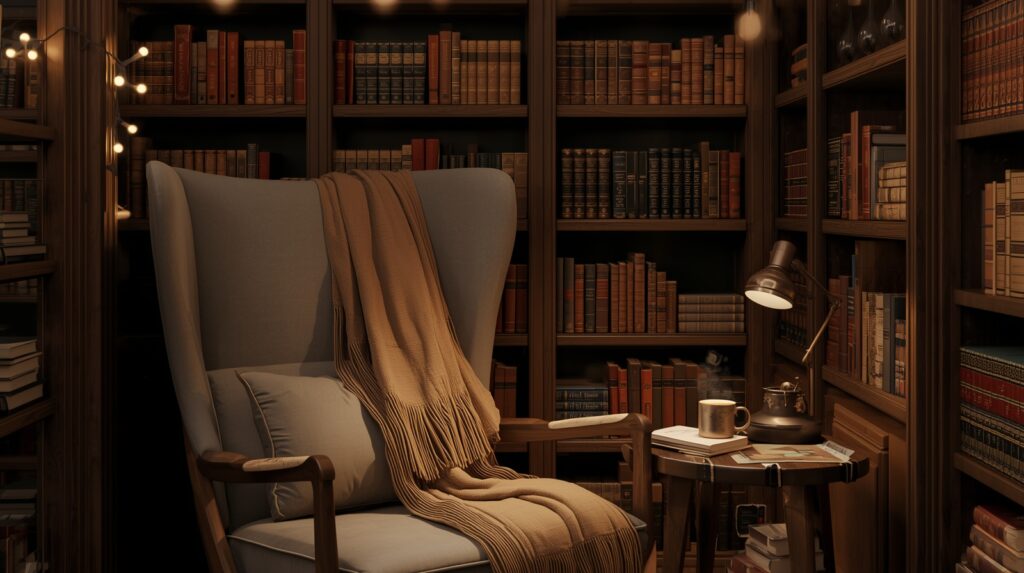
Use Neutral, Warm Tones
Stick to a calm color palette with soft neutrals: creams, taupes, warm greys, and muted earth tones. These hues help soothe the senses and make the space feel cohesive and inviting.
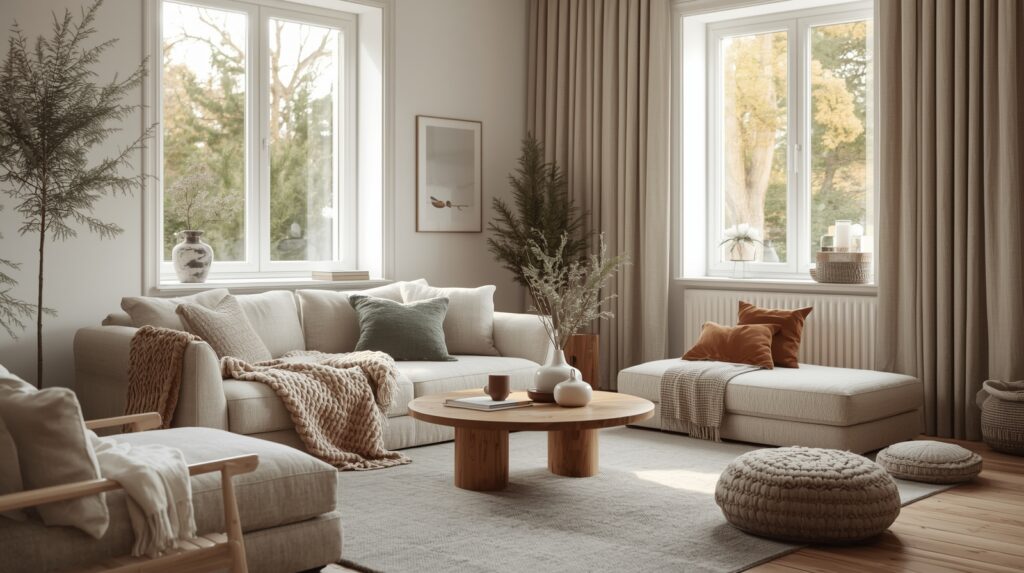
Incorporate Vintage or Handcrafted Pieces
Hygge embraces imperfection and charm. Mix in vintage finds, handmade ceramics, or heirloom textiles. It’s about surrounding yourself with pieces that tell a story — not just follow a trend.
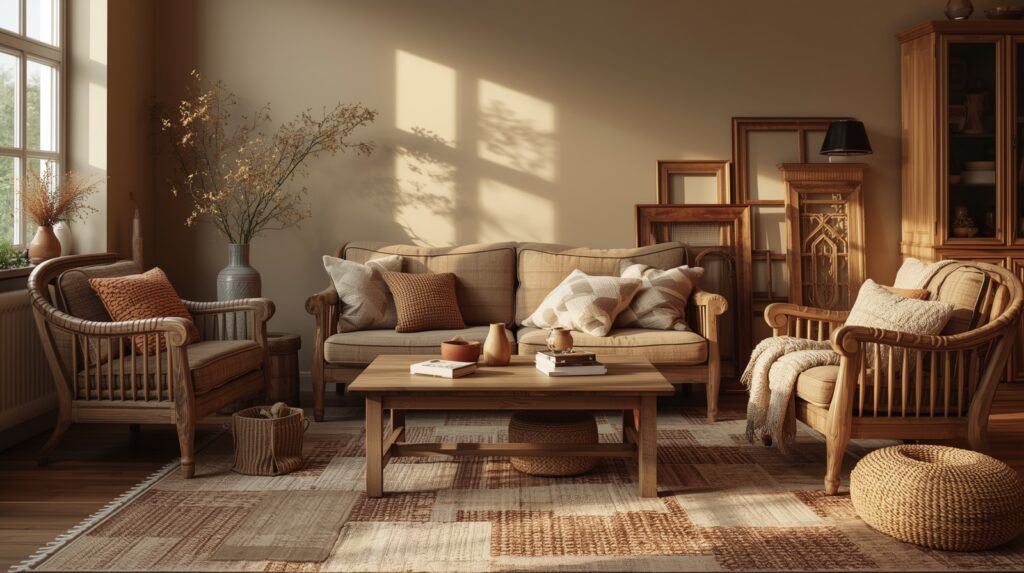
Create Zones for Connection
Arrange your seating in a way that encourages conversation. Pull chairs closer, avoid placing the TV as the room’s focal point, and consider a round coffee table for a more intimate setting.
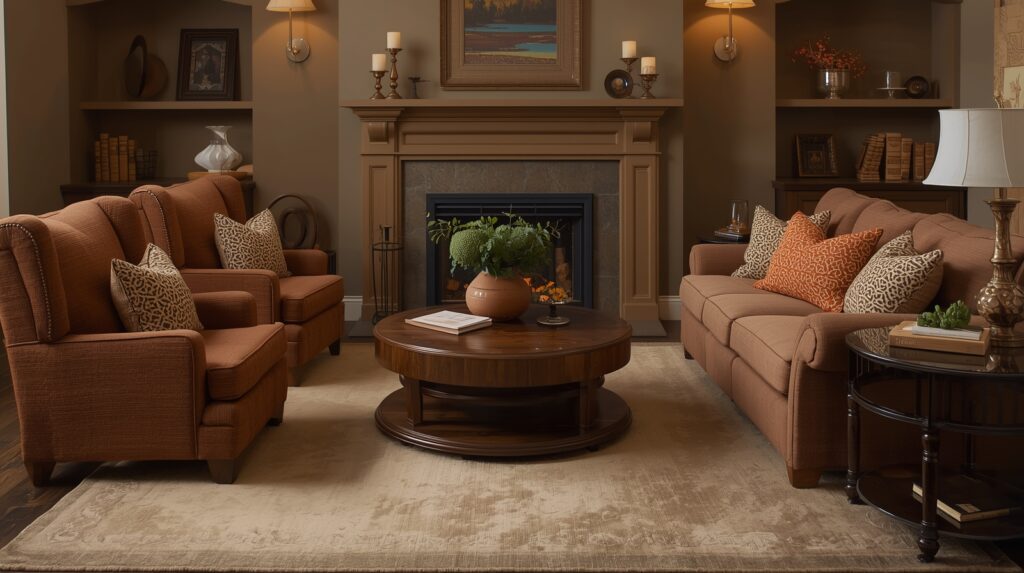
Bring in the Fire
If you’re lucky enough to have a fireplace, make it a focal point. If not, electric or bioethanol fireplaces can mimic the cozy flicker without the need for a chimney. Even a virtual fireplace on your TV can do the trick on chilly nights.
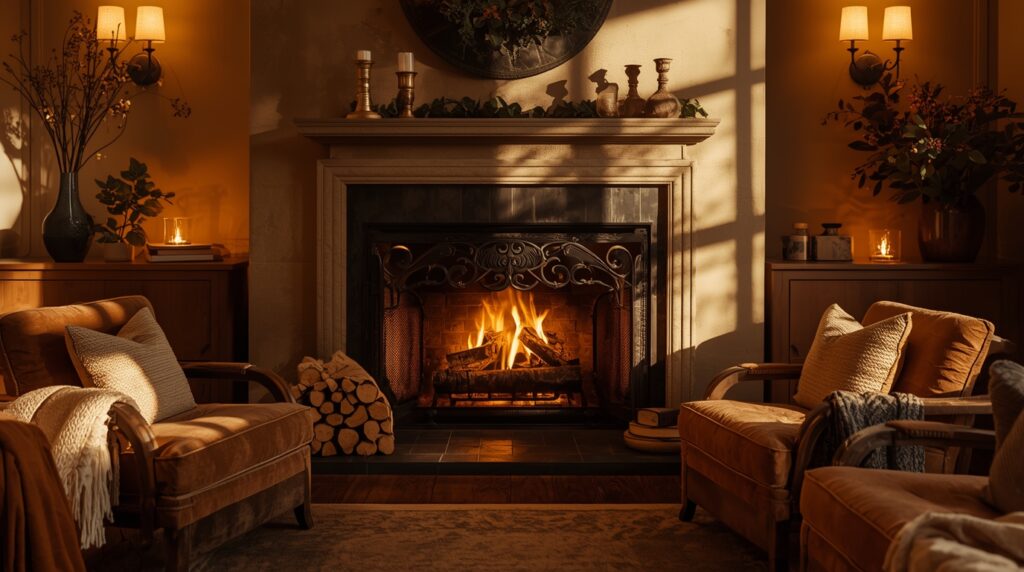
Embrace Seasonal Decor
Celebrate the changing seasons with small touches: pinecones in winter, fresh flowers in spring, dried leaves in fall. Seasonal shifts help you stay connected to the rhythm of nature — a key part of hygge living.
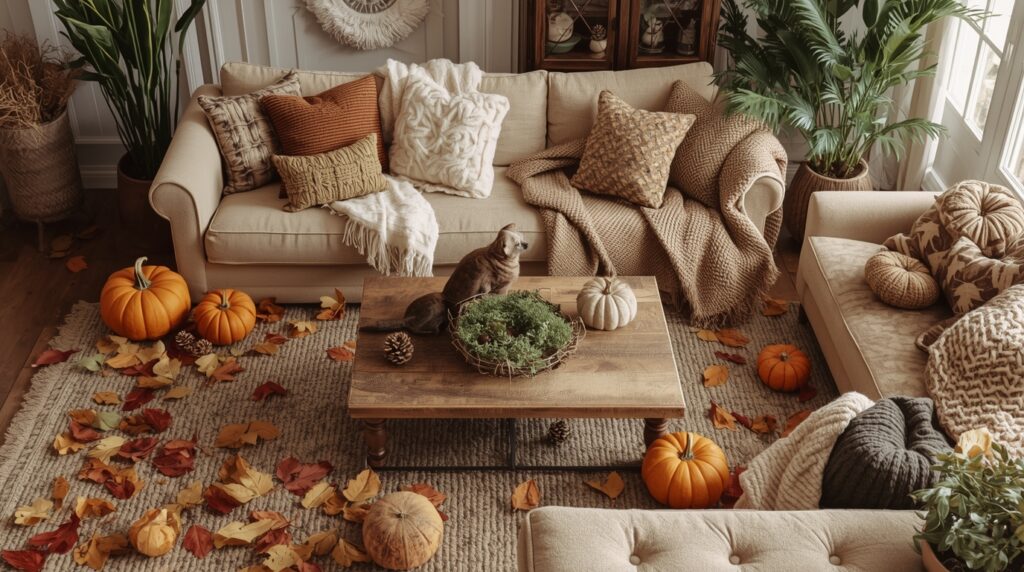
Choose Comfortable Furniture
Function matters just as much as form. Choose a sofa you can sink into, ottomans you can prop your feet on, and armchairs that practically hug you. Comfort is not negotiable in a hygge space.
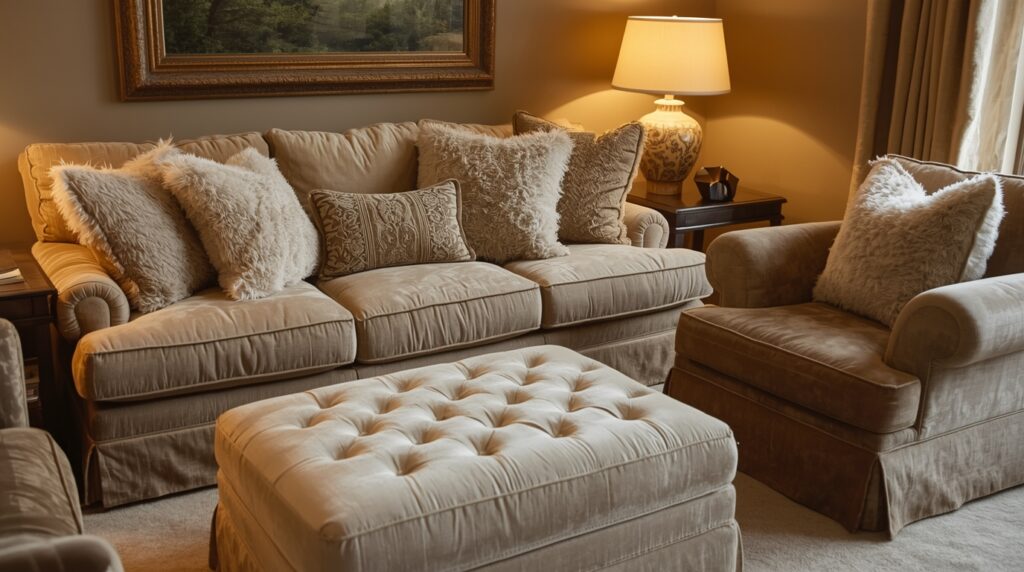
Add Scented Touches
While Danes often favor unscented candles, you can still bring in natural, comforting scents like lavender, cedarwood, cinnamon, or vanilla using essential oil diffusers or incense. The smell of baked goods works too!
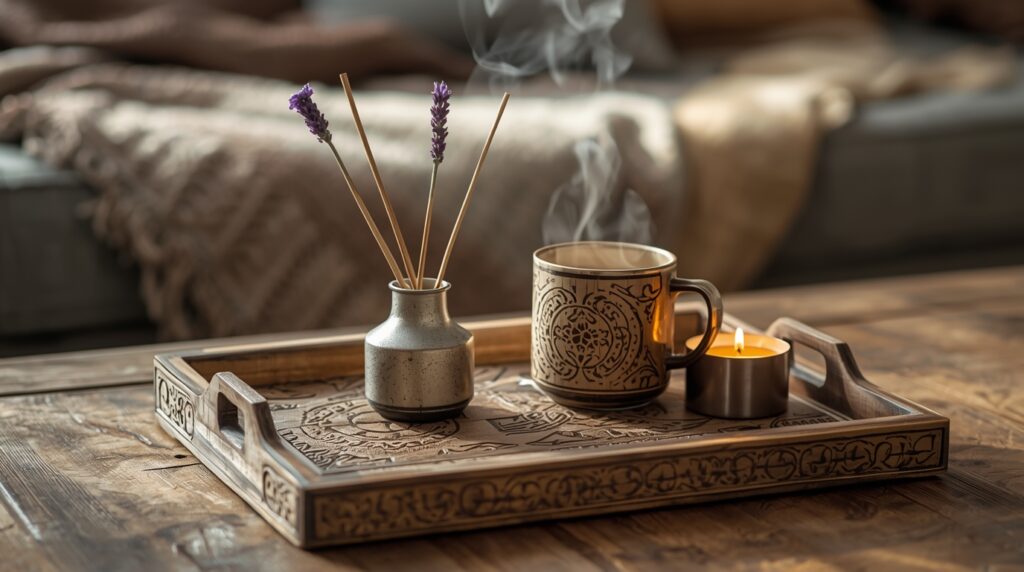
Showcase Meaningful Items
Photos of loved ones, travel souvenirs, handmade gifts — make space for things that matter to you. Hygge living rooms are deeply personal, not cookie-cutter.
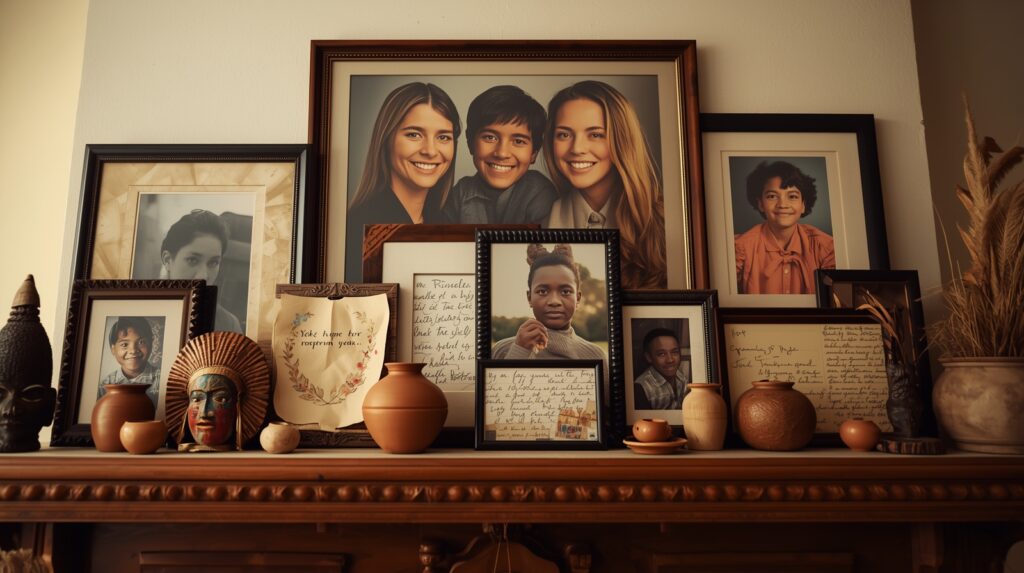
Make Room for Rituals
Whether it’s morning coffee, afternoon tea, or evening journaling, design your living room to support small daily rituals. A tray for your mug, a cozy throw for your lap, and a space that invites you to pause.
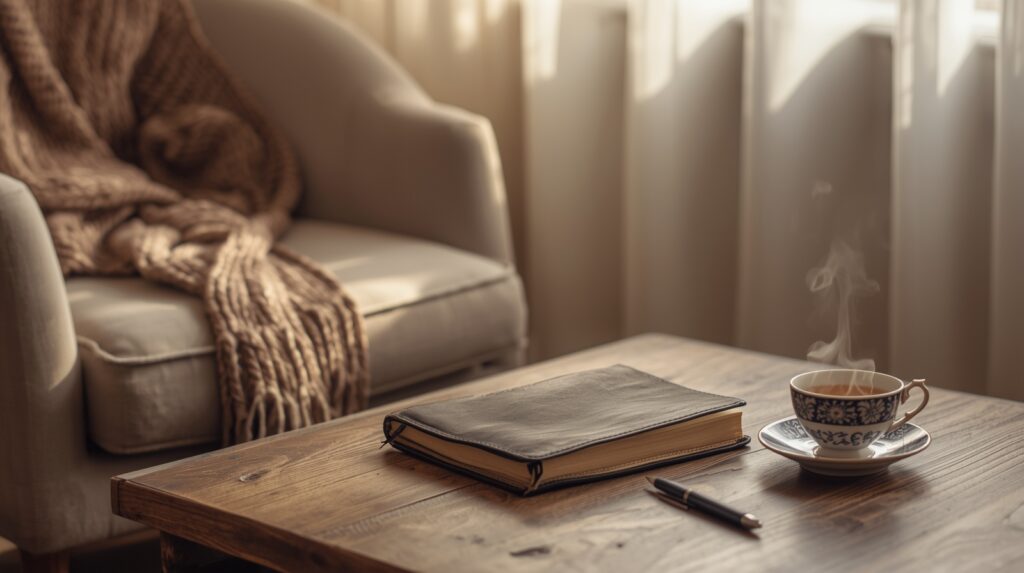
FAQ:
1. What is hygge and how do I bring it into my living room?
Hygge is a Danish lifestyle concept focused on coziness, comfort, and contentment. To bring it into your living room, focus on creating a warm, welcoming space with soft lighting, natural materials, cozy textiles, and personal touches that make you feel relaxed and at home.
2. Do I need to follow a specific interior design style to achieve a hygge look?
Not at all! While hygge is often associated with Scandinavian design, it’s more about the feeling than a specific style. Whether your taste leans modern, rustic, or boho, you can still create a hygge atmosphere by emphasizing warmth, comfort, and simplicity.
3. Is hygge the same as minimalism?
Not quite. While both value simplicity, hygge is less strict than minimalism. It allows for cozy layers, personal items, and lived-in comfort. The key is to avoid clutter, but still surround yourself with things that bring you joy and peace.
4. What are the best colors for a hygge living room?
Stick to a calming palette of neutrals and earth tones—think soft whites, warm greys, taupes, beige, muted greens, and dusty blues. These colors help create a relaxing and grounded atmosphere that aligns with hygge principles.
5. Can I create a hygge atmosphere on a budget?
Absolutely. Hygge isn’t about spending a lot of money—it’s about how a space feels. Use what you already have: rearrange furniture to create cozy corners, add candles for warm light, thrift for vintage or handcrafted items, and layer affordable textiles like fleece or knit throws to build comfort.

